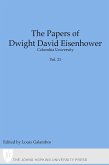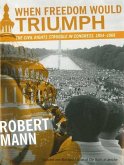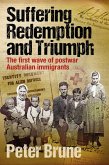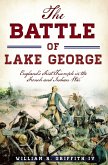Originally published in 1984. In 1888 the British observer James Bryce declared "e;the government of cities"e; to be "e;the one conspicuous failure of the United States."e; During the following two decades, urban reformers would repeat Bryce's words with ritualistic regularity; nearly a century later, his comment continues to set the tone for most assessments of nineteenth-century city government. Yet by the end of the century, as Jon Teaford argues in this important reappraisal, American cities boasted the most abundant water supplies, brightest street lights, grandest parks, largest public libraries, and most efficient systems of transportation in the world. Far from being a "e;conspicuous failure,"e; municipal governments of the late nineteenth century had successfully met challenges of an unprecedented magnitude and complexity. The Unheralded Triumph draws together the histories of the most important cities of the Gilded Age-especially New York, Chicago, Boston, Philadelphia, St. Louis, and Baltimore-to chart the expansion of services and the improvement of urban environments between 1870 and 1900. It examines the ways in which cities were transformed, in a period of rapid population growth and increased social unrest, into places suitable for living. Teaford demonstrates how, during the last decades of the nineteenth century, municipal governments adapted to societal change with the aid of generally compliant state legislatures. These were the years that saw the professionalization of city government and the political accommodation of the diverse ethnic, economic, and social elements that compose America's heterogeneous urban society. Teaford acknowledges that the expansion of urban services dangerously strained city budgets and that graft, embezzlement, overcharging, and payroll-padding presented serious problems throughout the period. The dissatisfaction with city governments arose, however, not so much from any failure to achieve concrete results as from the conflicts between those hostile groups accommodated within the newly created system: "e;For persons of principle and gentlemen who prized honor, it seemed a failure yet American municipal government left as a legacy such achievements as Central Park, the new Croton Aqueduct, and the Brooklyn Bridge, monuments of public enterprise that offered new pleasures and conveniences for millions of urban citizens."e;
Dieser Download kann aus rechtlichen Gründen nur mit Rechnungsadresse in A, B, BG, CY, CZ, D, DK, EW, E, FIN, F, GR, HR, H, IRL, I, LT, L, LR, M, NL, PL, P, R, S, SLO, SK ausgeliefert werden.









